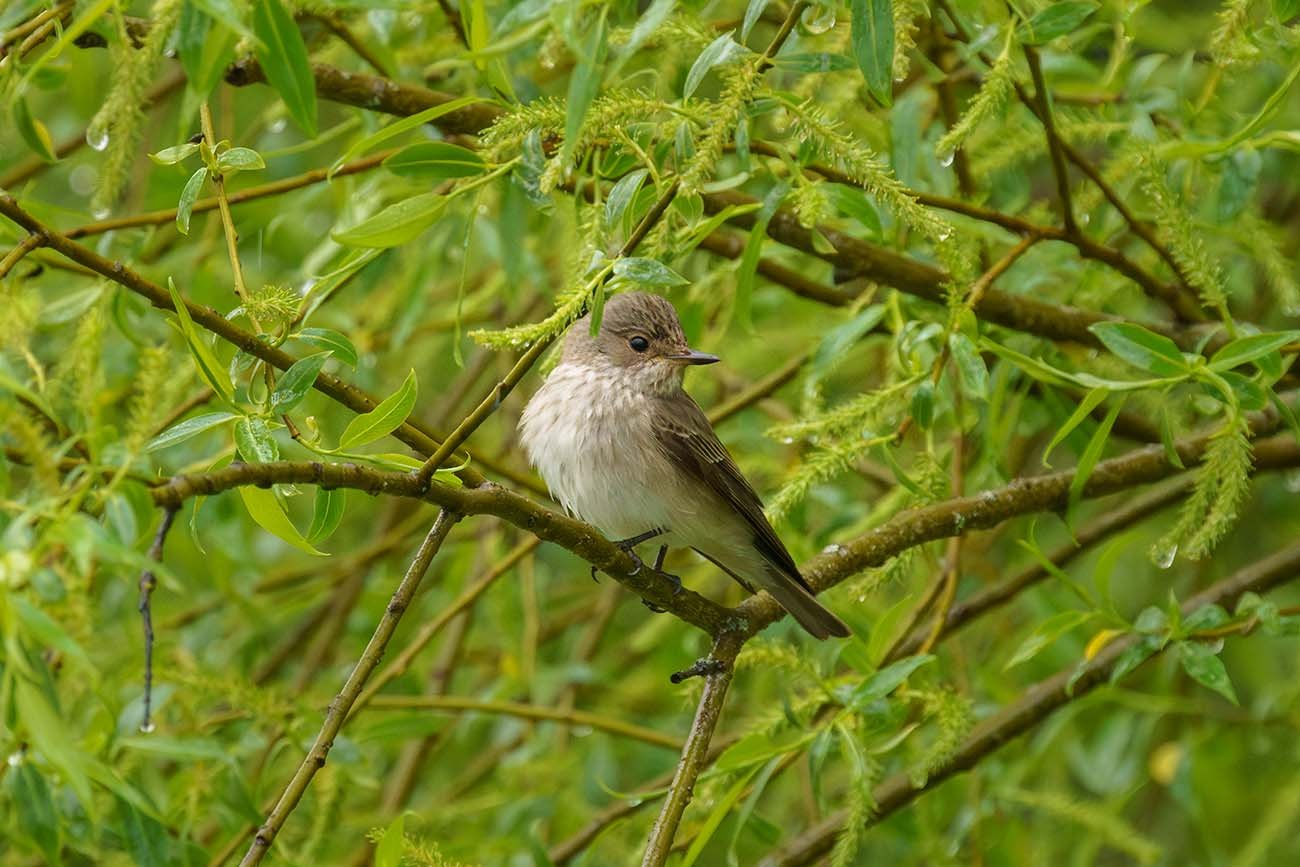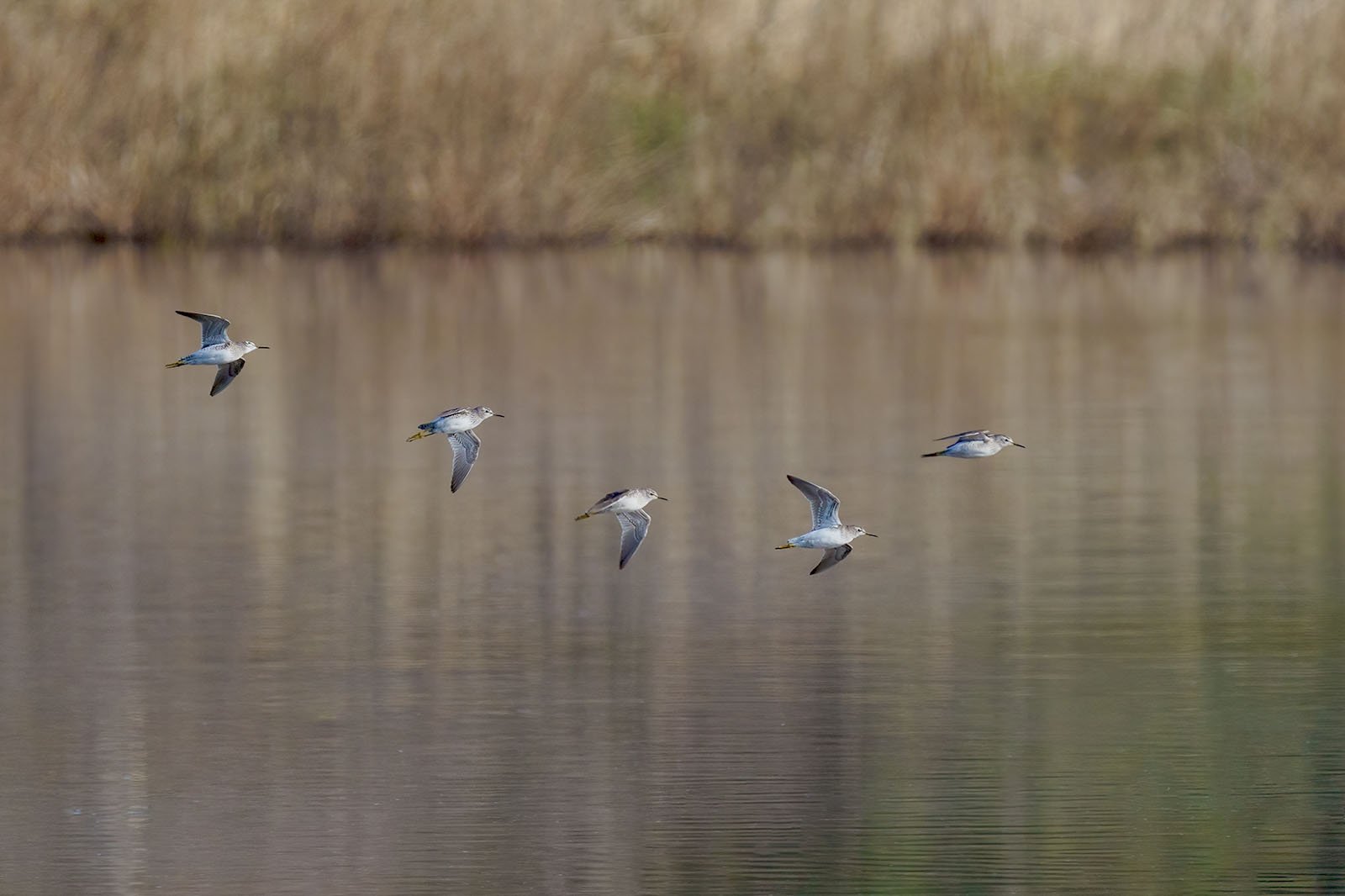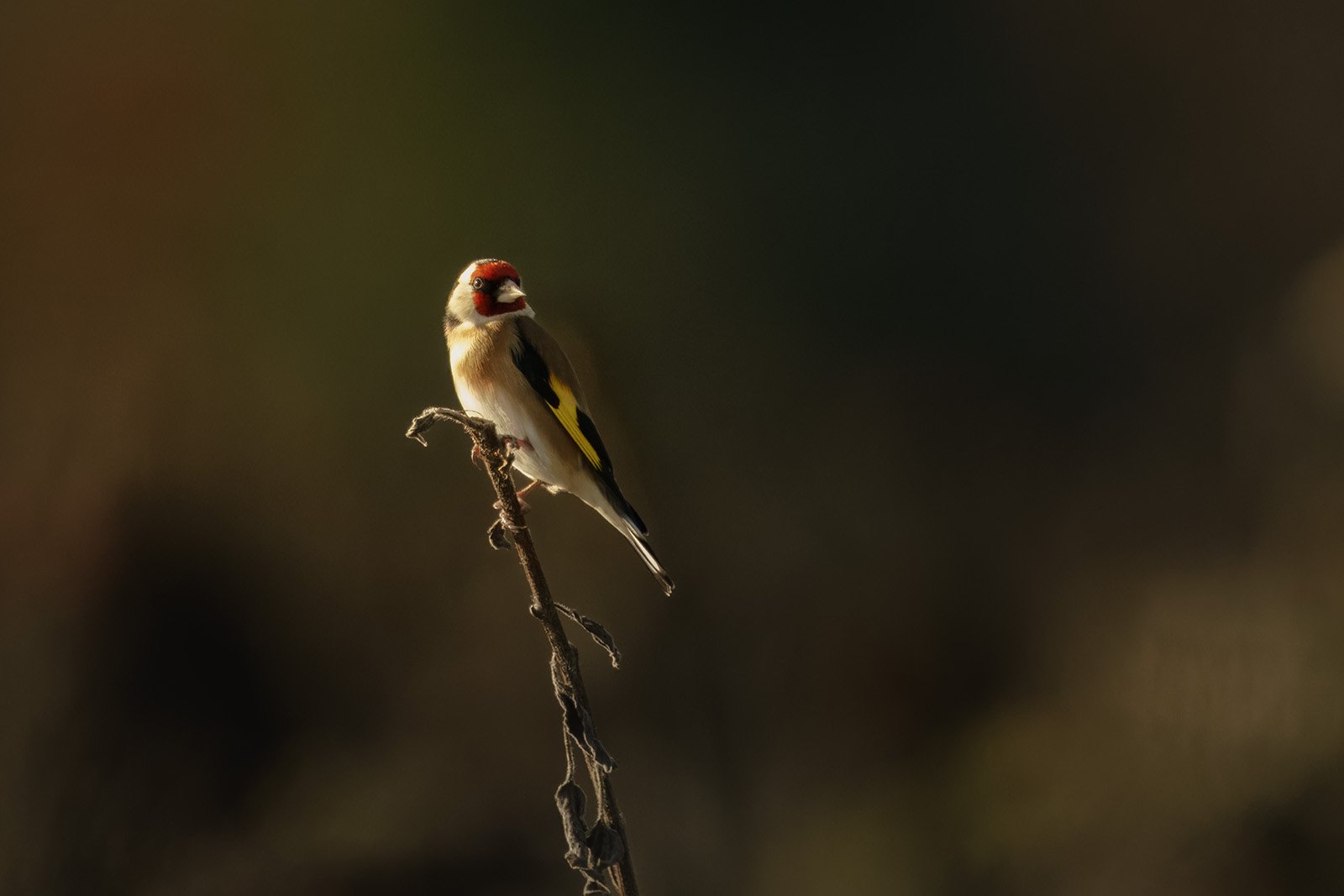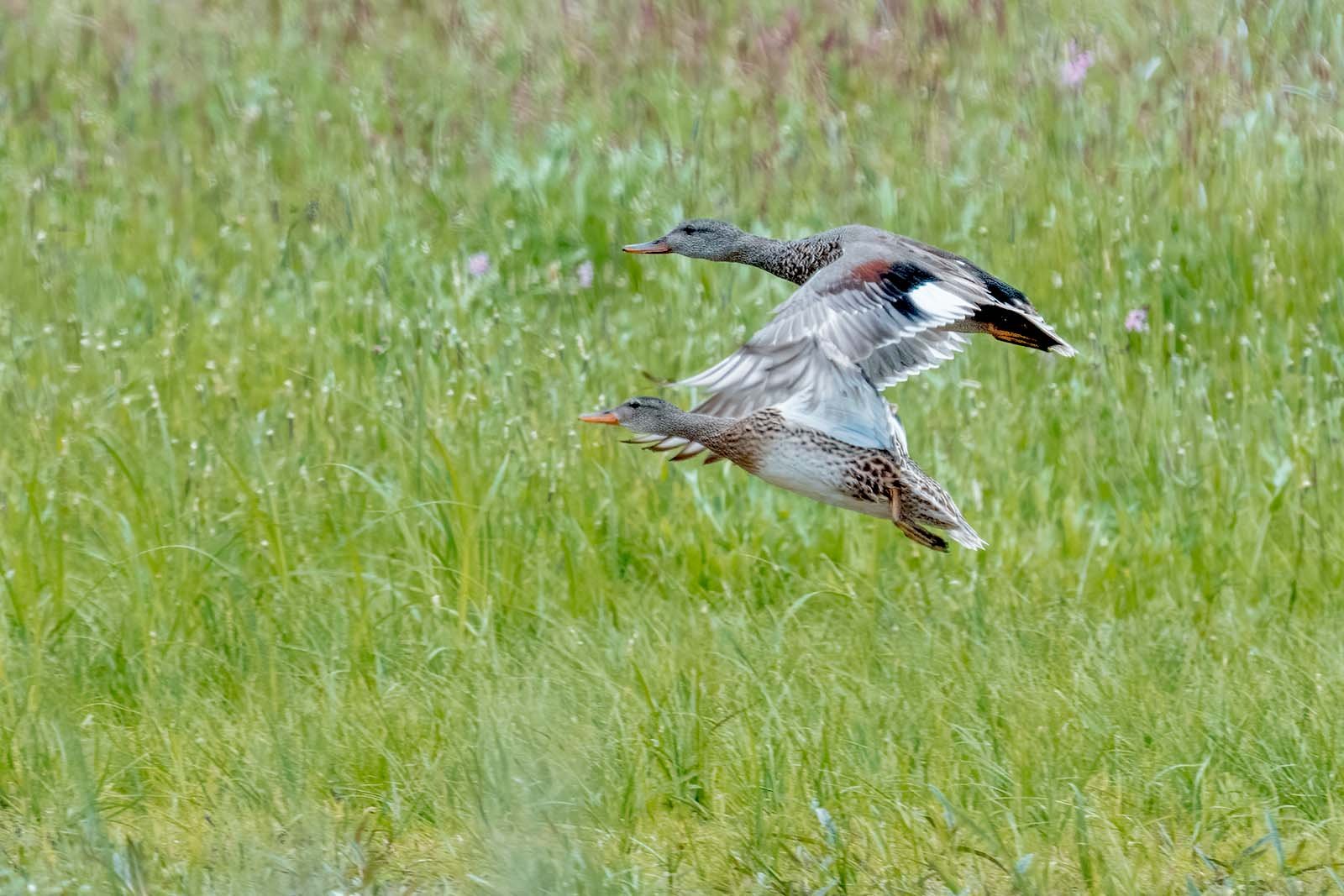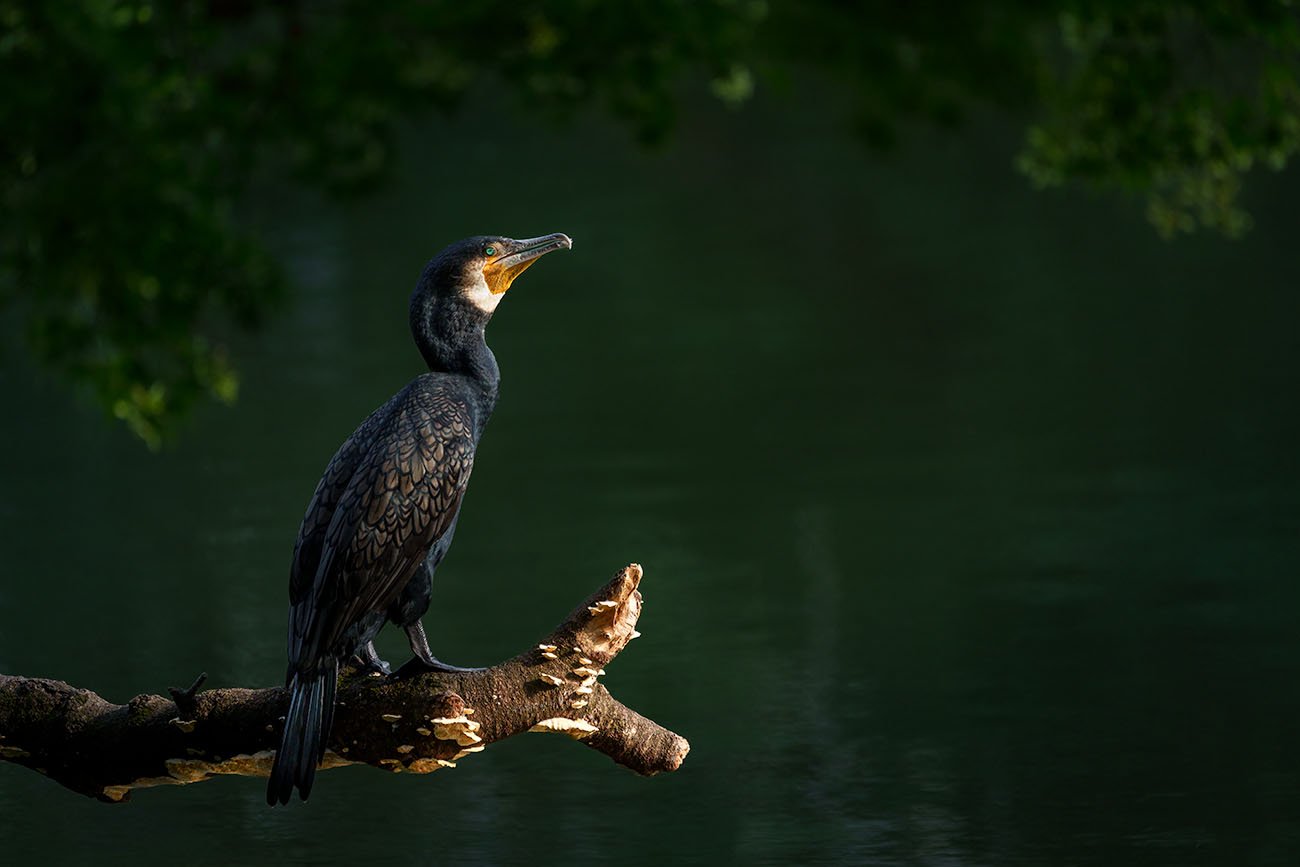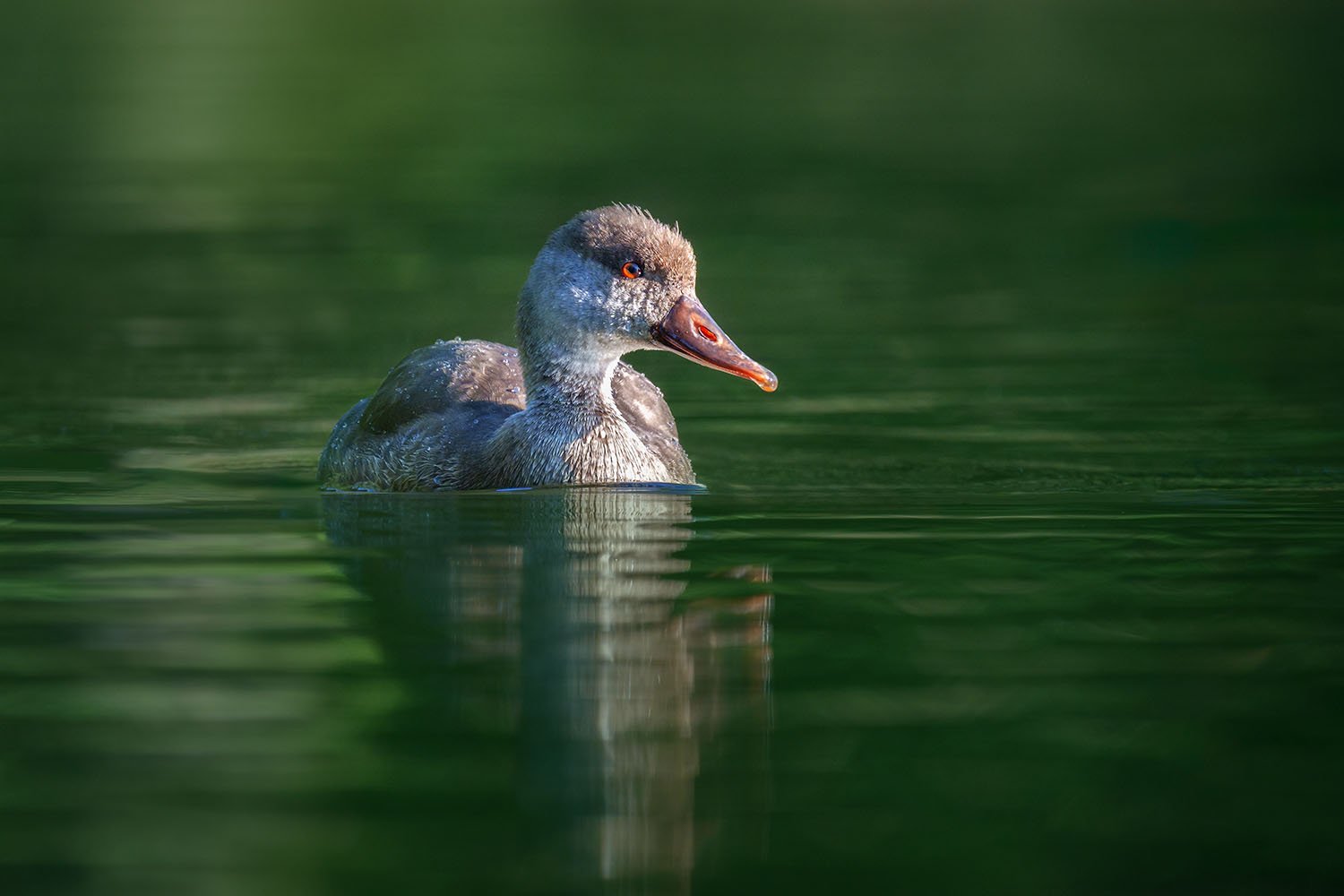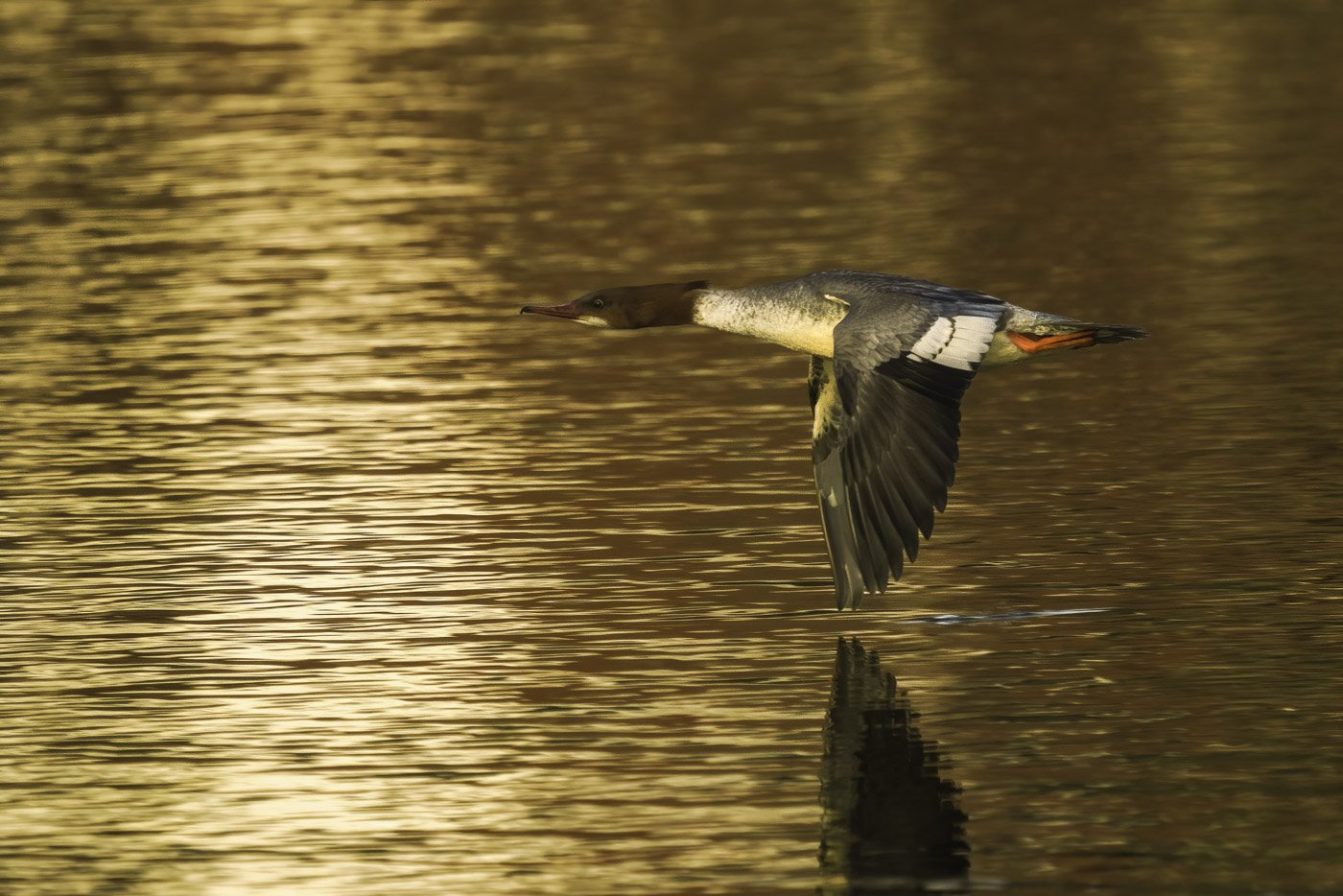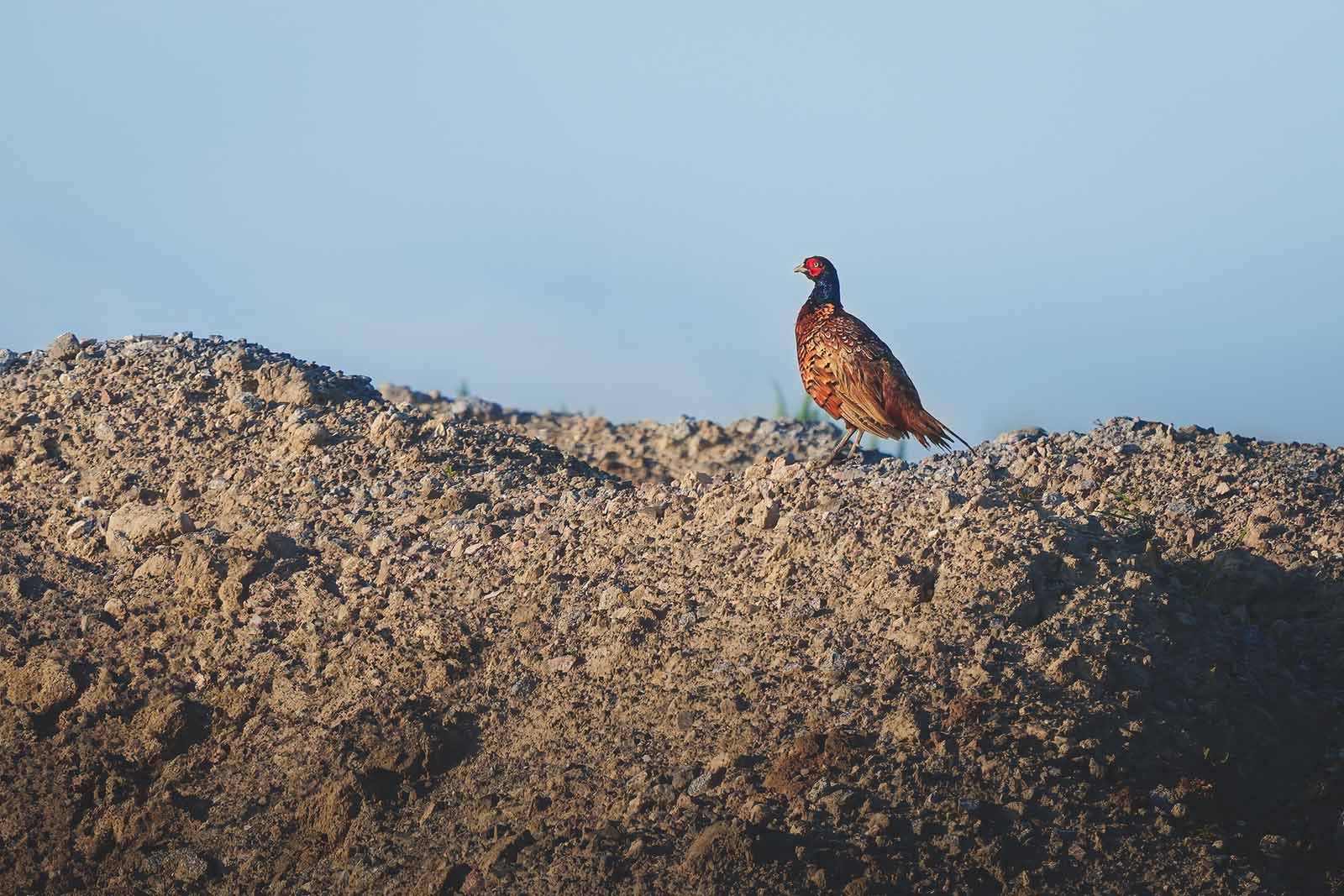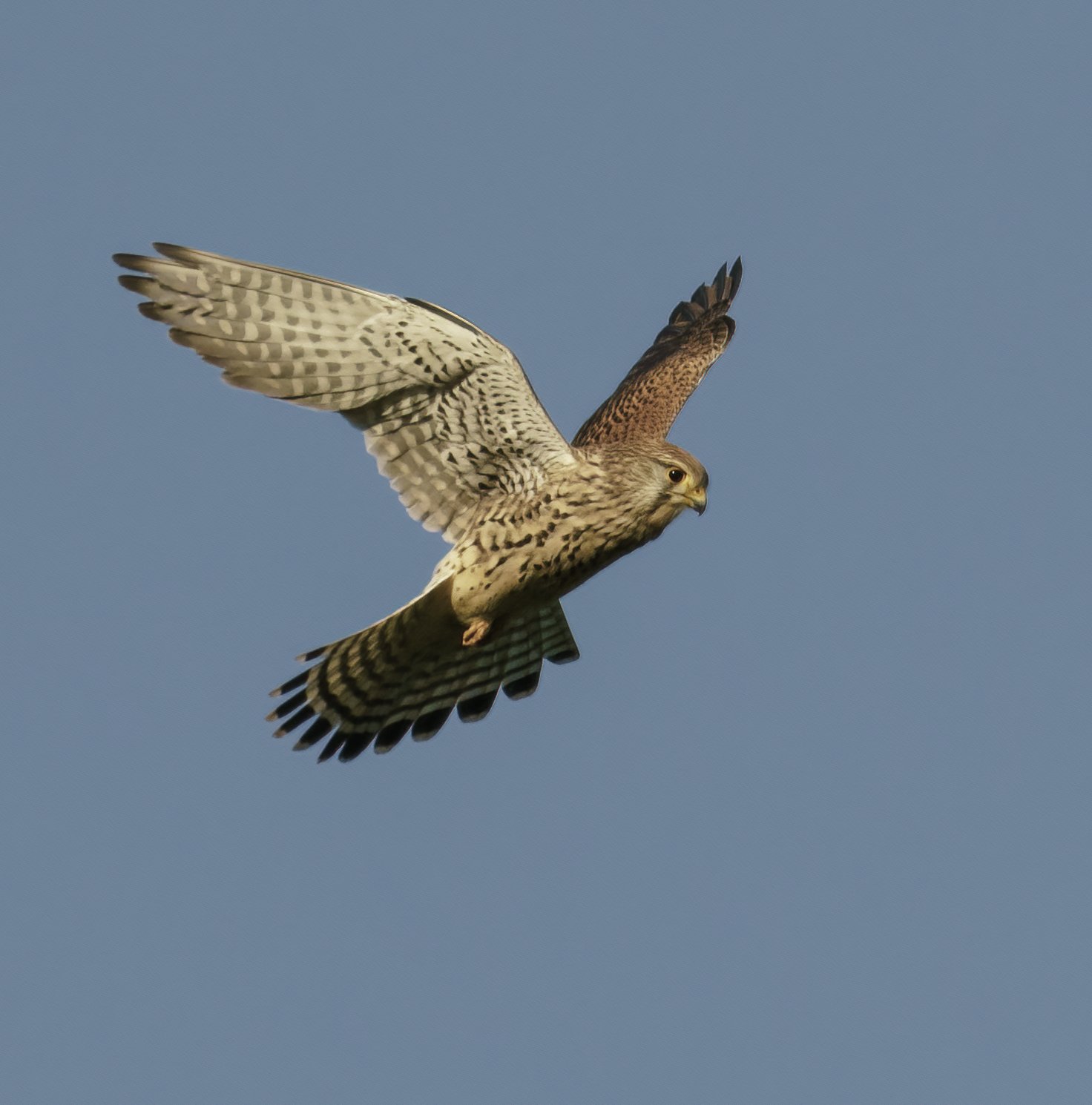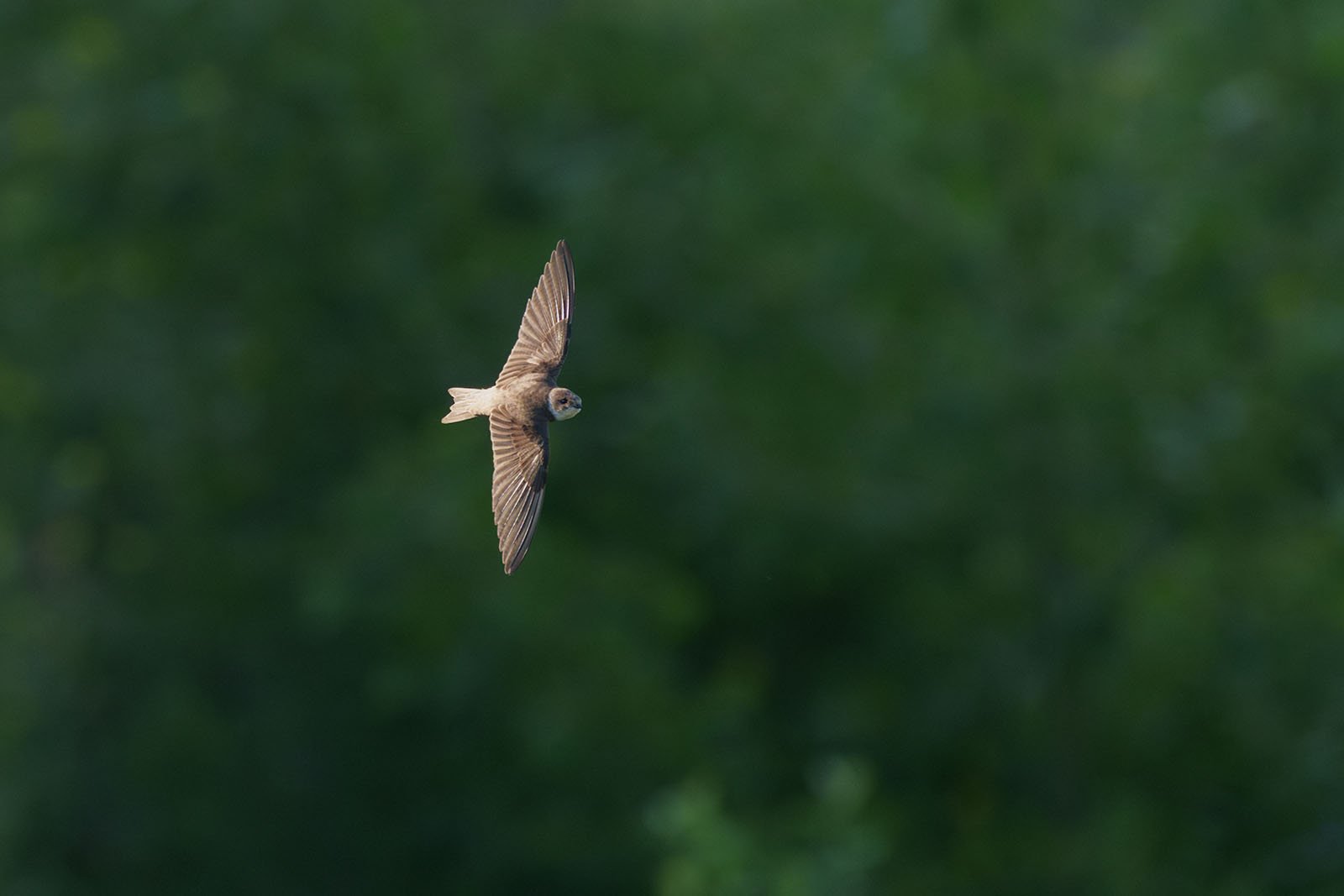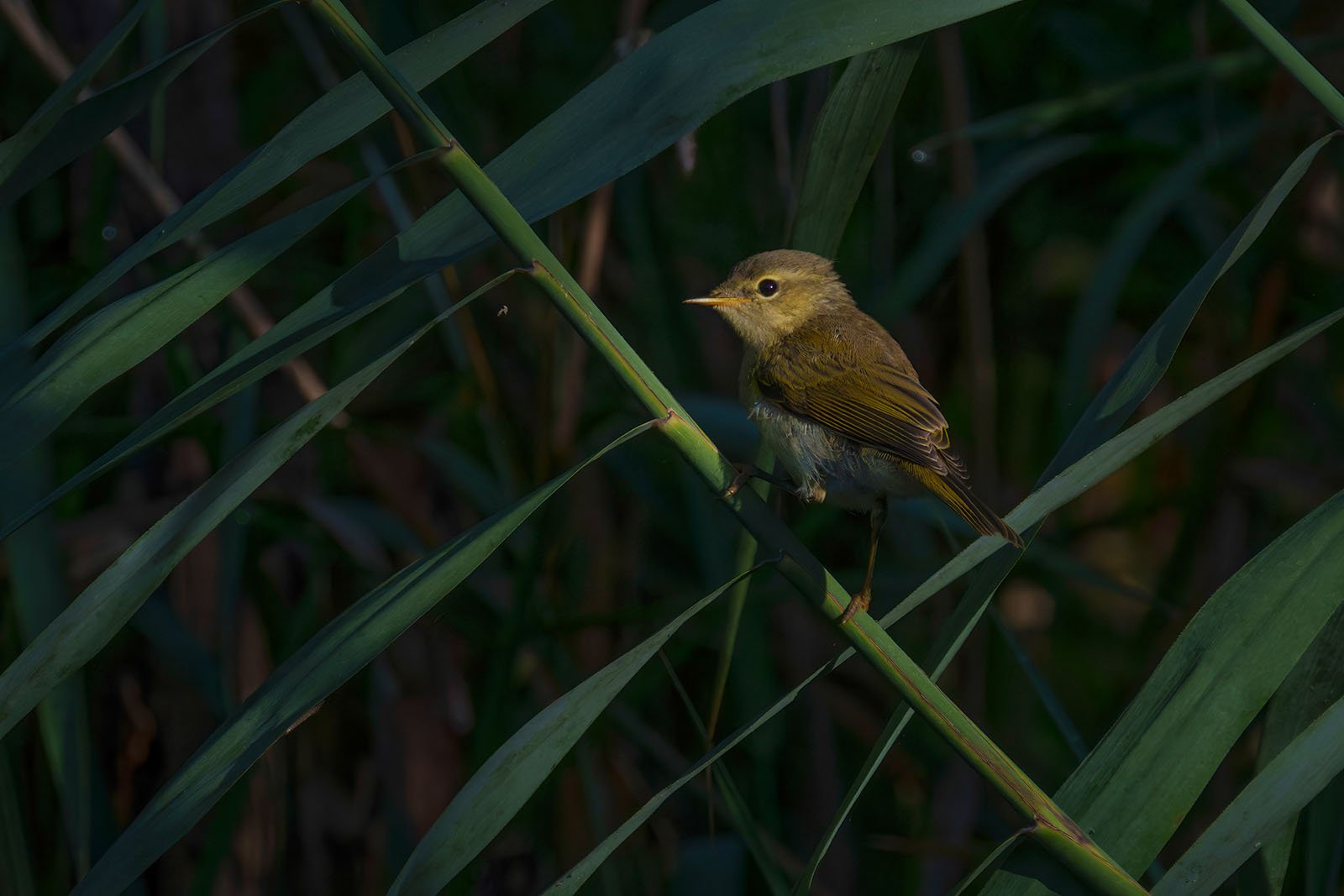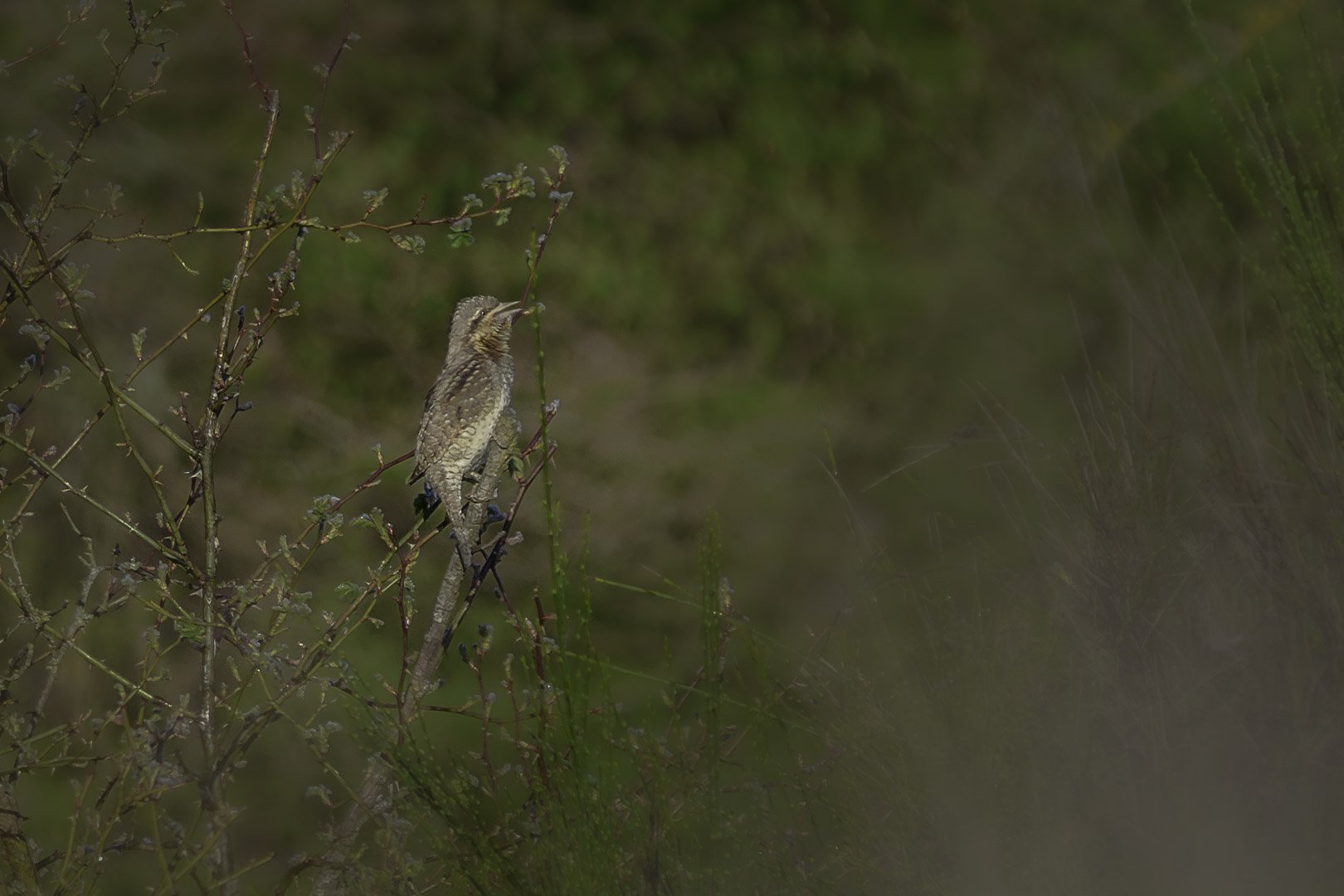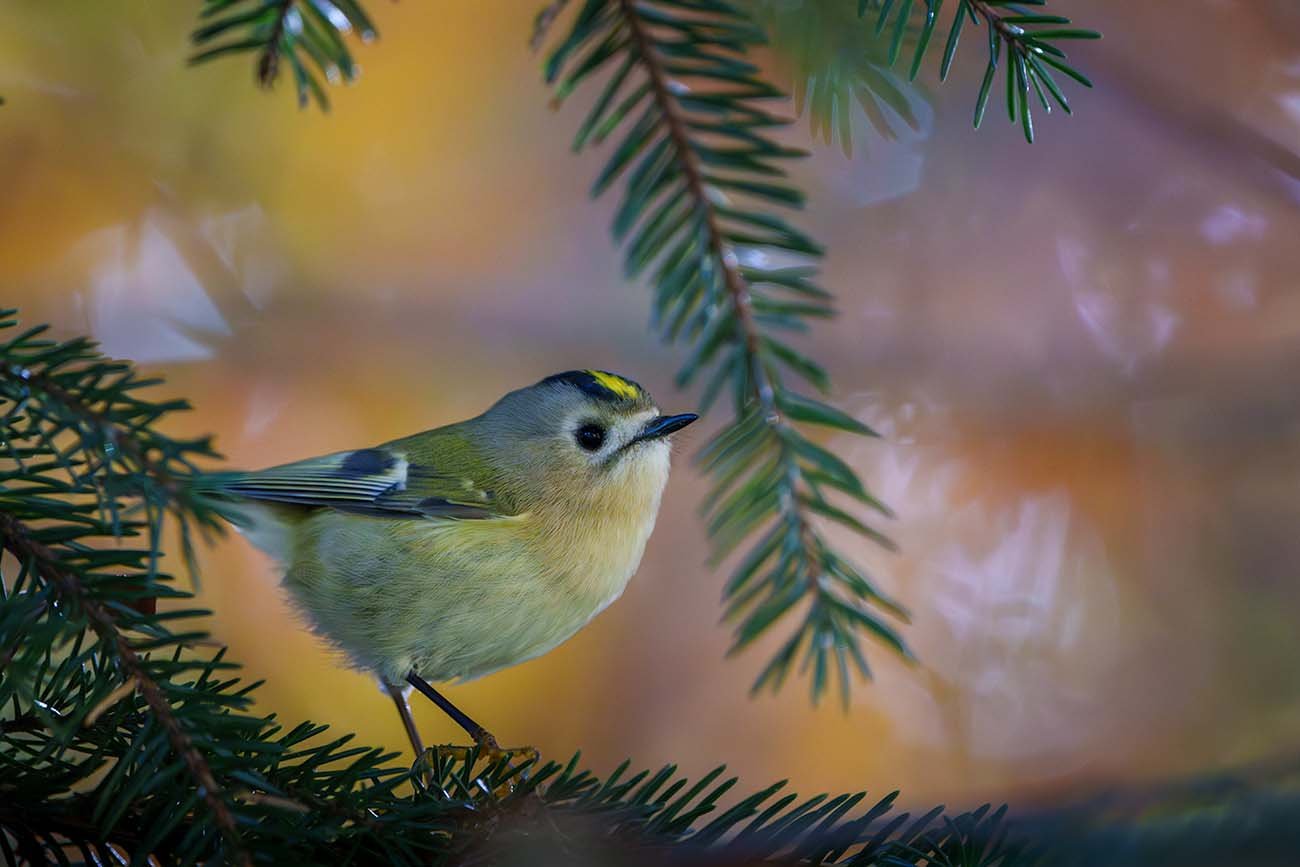Ruddy shelduck (Tadorna ferruginea)
Ruddy shelduck (Tadorna ferruginea)
Ruddy Shelduck – All About the Striking Half-Goose
Discover the fascinating Ruddy Shelduck: Its rusty-orange plumage, habitat in steppe regions, and diverse diet make it truly unique.
Quick Facts
- Size: 58–70 cm, resembling a Common Shelduck.
- Plumage: Rust-colored body with white wing coverts and black flight feathers.
- Habitat: Prefers open steppes and saline lakes.
- Reproduction: Flexible nesting choices, ranging from tree cavities to buildings.
- Diet: Primarily grasses, seeds, worms, and crustaceans.
Key Data
- Scientific Name: Tadorna ferruginea
- Size: 58–70 cm
- Distribution: Europe, Asia, North Africa
- Habitat: Steppe regions, brackish and saline lakes
- Threat Status: Populations in Southeastern Europe are endangered
Table of Contents
- Introduction: The Unique Ruddy Shelduck
- Characteristics of the Ruddy Shelduck
- Habitat and Distribution
- Reproduction and Breeding Behavior
- Diet and Lifestyle
- Practical Examples: Encounters with the Ruddy Shelduck
- FAQ: Frequently Asked Questions About the Ruddy Shelduck
1. Introduction: The Unique Ruddy Shelduck
The Ruddy Shelduck (Tadorna ferruginea) is a true gem in the bird world. With its distinctive rusty-orange plumage and a length of up to 70 cm, it belongs to the shelduck family. Its appearance is similar to that of the Common Shelduck, but the Ruddy Shelduck has a more compact build. In Europe, the species is mainly known due to introduced or escaped birds from captivity, but its native range stretches from Central Asia to North Africa.
What makes this species particularly fascinating is its adaptability: it can nest in a wide range of environments, from tree cavities and building niches to abandoned fox dens. However, despite its flexibility, populations in certain regions—especially in Southeastern Europe—are under threat.
2. Characteristics of the Ruddy Shelduck
The Ruddy Shelduck is easily recognized by its striking plumage, which gives it its name. Its body is predominantly rust-colored, and the contrast between its white wing coverts and black flight feathers is particularly noticeable in flight.
- Size and Build: With a length of 58–70 cm, the Ruddy Shelduck is quite large. It has a sturdy yet graceful appearance, similar to the Common Shelduck.
- Sexual Dimorphism: Both males and females share similar plumage colors. However, during the breeding season, males display a black neck ring, which is absent in females.
- Beak and Legs: The beak is dark, while the legs are relatively inconspicuous.
One of the most striking features of the Ruddy Shelduck is its appearance in flight: the white wing coverts stand out starkly against the darker feathers, creating a bold and elegant contrast.
3. Habitat and Distribution
The Ruddy Shelduck thrives in open landscapes. Its preferred habitats are steppes, often near brackish or saline lakes. These sometimes harsh environments are well-suited to the species’ resilience.
Distribution
- Asia: Large populations are found in Central Asia, stretching from Kazakhstan to China.
- Africa: The species is also present in North Africa, particularly along coastlines and river floodplains.
- Europe: Natural populations exist in Southeastern Europe, though they are under threat. In Central Europe, Ruddy Shelducks are primarily escapees or descendants of captive birds.
Habitats in Europe
In Germany, for instance, Ruddy Shelducks are often seen near slow-moving rivers or lakes. They have also established themselves as breeding birds in urban parks, showcasing their ability to adapt to man-made environments.
4. Reproduction and Breeding Behavior
The Ruddy Shelduck is an exceptionally adaptable breeder, utilizing a variety of nesting sites to keep its eggs safe.
Common Nesting Locations
- Tree cavities
- Rocky niches
- Abandoned fox dens
- Buildings and ruins
This flexibility has allowed the Ruddy Shelduck to successfully reproduce in many different landscapes. A typical clutch consists of 8–12 eggs, which the female incubates. Meanwhile, the male remains nearby to guard the nest.
5. Diet and Lifestyle
The Ruddy Shelduck’s diet is as varied as its nesting behavior. While primarily herbivorous, it also consumes animal-based food.
Diet Composition
- Plant-Based Diet: Grasses, seeds, and aquatic plants form the majority of its diet.
- Animal-Based Diet: Worms, mollusks, and crustaceans are supplementary food sources.
The Ruddy Shelduck typically forages in shallow waters or along shorelines, searching for seeds or small animals.
6. Practical Examples: Encounters with the Ruddy Shelduck
You can often spot Ruddy Shelducks in urban parks, particularly where artificial lakes or rivers have been created. Spring is a particularly captivating time to observe these birds, as they venture out with their young.
For example, in Berlin, Ruddy Shelducks have established themselves at many water bodies. Here, they share their habitat with other waterfowl species and are easy to spot due to their striking plumage.
7. FAQ: Frequently Asked Questions About the Ruddy Shelduck
1. Why is it called the Ruddy Shelduck?
Its rusty-orange plumage gives the bird its name.
2. Can the Ruddy Shelduck live in cities?
Yes, it has adapted very well to urban environments, especially parks with water bodies.
3. Is the Ruddy Shelduck native to Germany?
Not originally. However, escaped captive birds have formed stable populations in Germany.
4. What does the Ruddy Shelduck eat?
It primarily feeds on grasses, seeds, and small animals such as worms or crustaceans.
5. Why are Ruddy Shelduck populations under threat?
In Southeastern Europe, habitat loss and hunting are the main reasons for their decline.
The Ruddy Shelduck is an impressive bird, captivating observers with its adaptability and striking appearance. Whether in the wild or urban parks, it’s always a delight to encounter this fascinating species!


